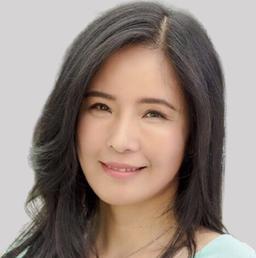Role of Meridians in Recovery
Tian Zong was first recorded in “Zhen Jiu Jia Yi Jing”—“The A-B Classic of Acupuncture and Moxibustion,” the earliest known compilation of acupuncture knowledge, dating back nearly 2,000 years. It’s believed to ”loosen the chest and benefit the tendons,” making it effective beyond musculoskeletal pain, reaching deeper into the body’s functional harmony.Tian Zong is located along the Small Intestine meridian, which runs from the pinky finger through the shoulder and neck. This position allows Tian Zong to help regulate circulation in the surrounding area. One of its most notable benefits is alleviating pain in the shoulder blade and upper arm, particularly the discomfort that radiates from the back of the shoulder down to the elbow.
However, its true strength is revealed after an injury has occurred. Even when bones have healed and inflammation has subsided, residual damage to the body’s energy pathways or meridians can persist. This makes the area susceptible to new flare-ups or more vulnerable to external pathogenic factors recognized in TCM, such as cold or dampness. For this reason, Tian Zong is often included in home acupressure routines to support deep recovery after an injury.
What Research Has to Say
Modern research has investigated the role of acupoints like Tian Zong in treating cervical spondylotic radiculopathy with nuchal ligament calcification, a condition caused by age-related degeneration of the spine in the neck area that compresses nerve roots, leading to pain, weakness, and numbness radiating down the arm.How to Locate and Stimulate Tian Zong
Acupuncture textbooks instruct that Tian Zong lies in the depression of the shoulder blade, at the level of the fourth vertebra of the upper back. However, there is a more straightforward method for finding the point. Place your right hand over your left shoulder, palm flat. Let your fingers rest naturally—your middle finger will fall near the center of your shoulder blade. Press around that point to find a spot that feels sore or tender to touch.- Pressure: Press firmly for three to five seconds, relax for three seconds, and repeat for up to three minutes per side.
- Massage: Use your thumb or index finger to massage in circles.
- Herbal patch: Apply an herbal patch overnight for extended stimulation.
Start Slow, Especially if You’re Healing
If you’re recovering from an injury or suspect energetic blockages in the area, activating Tian Zong can feel sore or tender, even a little intense. That’s a sign the point is holding on to more than just tension. Always start with moderate pressure and increase the intensity slowly.Healing Means Going Beneath the Surface
In TCM theory, recovery goes beyond muscle and bone, and damage can linger in the body long after the visible damage is gone. If you’ve had shoulder injuries, Tian Zong might hold some of that history. Use it as a treatment point as well as a diagnostic tool—how your body reacts to pressure here can tell you what still needs attention.With consistent, mindful activation, Tian Zong can help clear out energetic blockages and open the door to true, long-term recovery.







